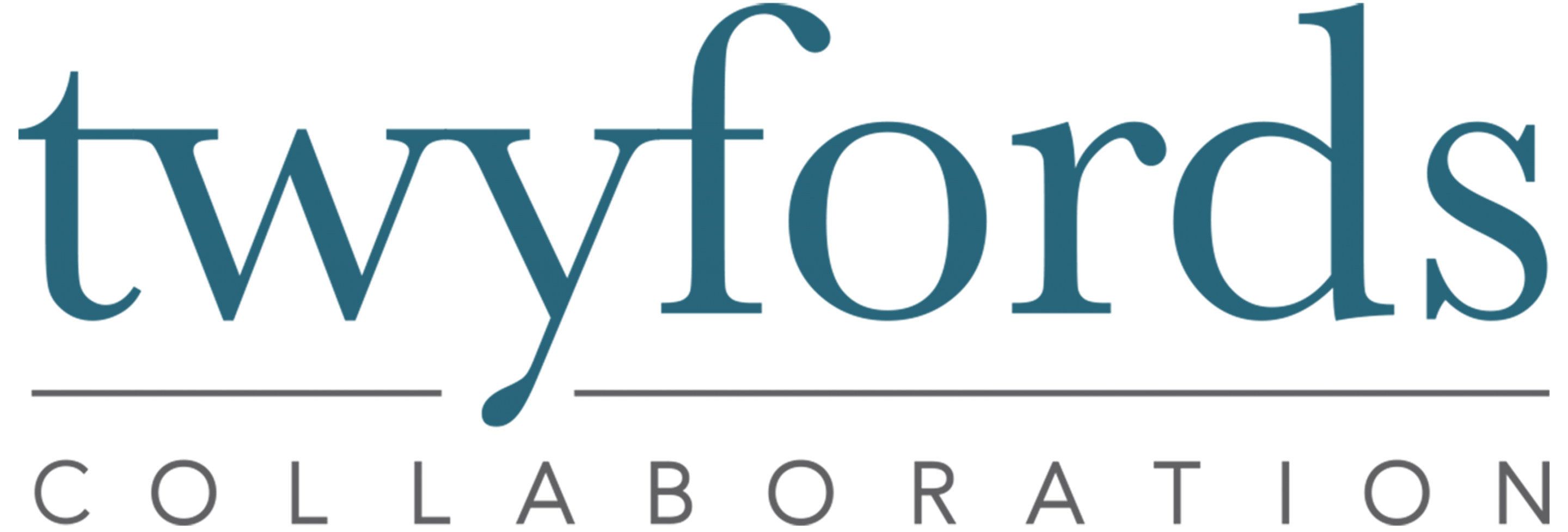Sometimes when collaborating, doing less is doing more.
One of the most collaborative things I’m part of is a small . We perform an eclectic mix of songs, and among our several Radiohead numbers is one called How to Disappear Completely. As with many Radiohead songs I’m not sure what this one is about, but the message in the title resonates.
An idea I often share with those who facilitate diverse groups is that the less I do the more useful I am. It is a counterintuitive idea but I have come to realise that as I step back and stop trying to control the group, the group steps up, steps forward and takes accountability for their own work. Sometimes when collaborating, doing less is indeed doing more.
A simple example that always comes to mind is from some work I did years ago on behalf of a local council. They came to me looking for a “strong facilitator” to run a public hearing concerning a development application. The project was high profile and contentious and over many years a local group of strong voices had opposed the very idea. Knowing the hearing – essentially a public meeting – would be contentious Council seemed to be looking for someone who could control the room and ‘manage’ the ‘troublemakers’.
Initially I was tempted to suggest they hire King Kong, who might just stand some chance of meeting their need to make sure nobody misbehaved. But instead I took an opposite approach. I asked for the names and phone numbers of the obvious members of the ‘vocal minority’ and made a plan to call each of them.
I spoke to a number of people in the days before the forum. In each case I introduced myself, talked about the upcoming forum, asked if they would be there, and then I shared my dilemma with them. I told them I wanted to ensure the meeting was as useful as possible for everyone in the room. I told them what I was thinking as an agenda. I said I thought people in the room would be quite passionate, perhaps angry and checked that assumption with them. They all agreed. And I asked them how they thought I should run the meeting. What was likely to work for them and for others in the room. What would they do under the circumstances?
With their input I made some tweaks to the agenda, but that wasn’t really the point. The real intention was to signal that this was their meeting and I wasn’t there to control them, rather to help everyone in the room get what they could from a difficult conversation.
Then on the night of the event, as those I had spoken to arrived, I was able to great them, thank them for their input and check with them again what I was planning. I again invited them to help me keep the meeting constructive for everyone. As the meeting kicked off I shared with the room that I’d designed it with input from some in the room and again invited everyone to help ensure we all got what we could from the session. And then off we went.
Did everything go smoothly? No. Was there some yelling? Yes. Was I under pressure as the person at the front of the room? Sure. But at no time did I feel I needed to be King Kong. Together we navigated a tough meeting about a tough issue and all left with our dignity intact.
By letting go of the client’s (and my own) need to control people we avoided the power struggle and allowed everyone in the room to take responsibility for getting us where we needed to go. I still worked hard but by stepping back I encouraged others to step up.
In these situations we can easily be convinced that we need to be more controlling, exerting more power to ensure ‘good behaviour’ or ‘effective outcomes’ , but controlling less usually works better. This same dynamic is at play any time we work with other people. Rather than seeking more control to wrangle your stakeholders, it often pays to disappear, if not completely, then just a little.
Looking for some tips on how to manage when working with a diverse group of stakeholders? Check out some of our from our Collaboration System.
